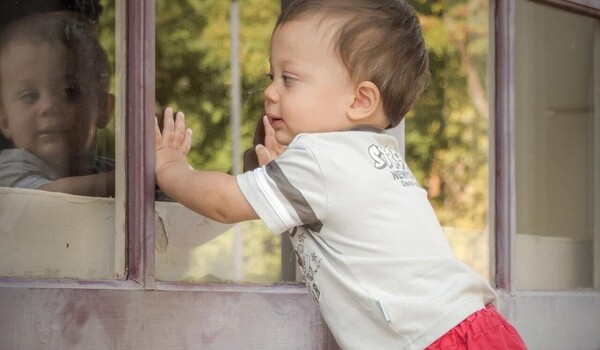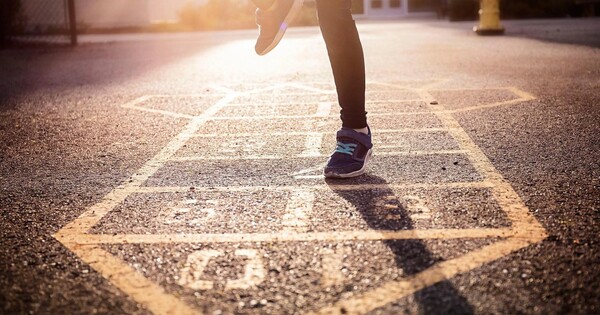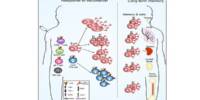Most babies begin to recognize themselves in mirrors when they are approximately a year and a half old. This type of self-recognition is a significant developmental milestone, and researchers at The University of Texas at Austin have uncovered a major driver: tactile experiences.
Their latest study discovered that babies who were encouraged to touch their own faces developed self-recognition faster than those who were not. The findings were reported in the journal Current Biology.
“This suggests that babies pulling on their toes or tapping their fingers are not just playing,” said Jeffrey Lockman, a professor of human development and family sciences at UT and senior author on the paper. “They are developing self-awareness through self-directed activity. I think this work demonstrates a possible mechanism by which self-recognition can develop based on active experience that human babies naturally generate.”
This suggests that babies pulling on their toes or tapping their fingers are not just playing. They are developing self-awareness through self-directed activity. I think this work demonstrates a possible mechanism by which self-recognition can develop based on active experience that human babies naturally generate.
Jeffrey Lockman
Researchers began by placing little vibrating discs on toddlers’ foreheads and cheeks when they were roughly 14 months old, which is earlier than the typical age for self-recognition. In reaction to the vibration, the children reached up and touched the disk. The researchers then turned the toddlers to face a mirror and observed as they reached up to touch the discs.
The researchers then asked the youngsters to undertake the conventional mirror-mark test for self-recognition, which involved placing a small mark of paint or cosmetics on each child’s face. When the youngster looked in the mirror and touched the mark on their own face or murmured words like “my name” or “me,” they displayed self-recognition.
Researchers also observed a control group of children who were exposed to the laboratory experience with mirrors but not the vibrating discs. Both groups were comparable at the beginning of the study and observed monthly until they recognized themselves or reached 21 months.

The children who touched their face more frequently recognized themselves in the mirror about two months earlier, on average, than when children typically first begin to recognize themselves in a mirror.
The study challenges a longstanding assumption that self-recognition in early childhood is somehow hardwired. For a long time, scientists believed early recognition in the mirror was a built-in function of human brains and those of our closest primate relatives, versus linked to sensory or motor experiences.
The researchers said the findings may have implications for interventions for children with motor development delays.
“Interventions for infants who have issues related to motor skills are typically focused on reaching for objects in the external world and manipulating them,” Lockman said. “These findings suggest that reaching to the body may be equally important and that exploring the body is the gateway to self-knowledge.”
















